The Grindelie today beautifies numerous gardens with its yellow flowers. The plant, which originally came from America, can also be used as a remedy for a variety of ailments.
Occurrence & cultivation of the Grindelie

It owes its nickname "robusta" to its insensitivity. In addition to the bright yellow flowers, it stands out for its lengthwise furrowed and almost bare stalk, which is covered with resin glands. The sparsely hairy, uniform leaves are about five centimeters long and have a serrated edge. The flower of the Grindelia is formed from several rows. This shape of the flower head is botanically known as the calyx. This flower shape reminds laypeople of the daisy.
Effect & application
The grindelia has also been cultivated as an ornamental plant in Europe for some time. She is known by the name Tar herb, Gum herb and Milkwort. Gardeners value them above all for their reliability and insensitivity. The grindelia is hardy and thrives in almost any soil. Although it is originally at home in dry and semi-arid regions, it can also tolerate somewhat loamy soil, but not waterlogging. The soil should not be too rich in nutrients; adding compost or fertilizer is not recommended.
The plant grows in the sun or partial shade and flowers from May to October. It gets at its best in a very sunny place where it can reach heights of up to 1.50 meters. With the bright yellow flowers, it gives perennial beds a fresh dash of color. The seeds can be sown from around 16 degrees, and propagation via cuttings is also possible. In some American states the grindelia is not only cultivated as an ornamental shrub, but also as a medicinal plant.
Because the grindelie has a long tradition in folk medicine. It has been used for numerous ailments by Native Americans for centuries. Because of its high resin content, this medicinal plant is used for colds, bronchitis, asthma and whooping cough. In addition, several cups of tea are drunk daily from the dried flowers and leaves of the grindelia.
To prepare, pour boiling water over about a tablespoon of the herbs and let them steep for about ten minutes before straining the remains.Homeopaths also use the plant in the form of globules in the treatment of respiratory diseases. Grindelien tea is traditionally also recommended for urinary bladder infections. The beneficial effect of the Grindelie on skin irritations of all kinds is also known.
In America, for example, their brew is a traditional antidote to the severe inflammation caused by contact with poison sumac. The Californian doctor Dr. Cranfield from Monterey and made sure that the Grindelie received the status of an official drug in the USA as early as 1863. The Grindelie is also used successfully against other skin rashes, eczema and dermatitis to this day.
Most often, tinctures are used for this purpose. If fresh constituents of the plant are available, they can also be used to make a paste that is applied to inflammatory skin areas. Because of their calming and clarifying effect, extracts from the Grindelie are also part of natural cosmetic products.
Importance for health, treatment & prevention
The grindelia is one of the very rare medicinal herbs that are characterized by a high resin content. This is ten to twenty percent. Diterpenic acid is one of the resins found in high concentrations of the plant, which is why it is also known as grindelia acid. Other essential ingredients are soap-like substances, so-called saponins, and essential oils.
The secretion-dissolving and calming effect of herbs made from constituents of the Grindelie is based on the interaction of these three components. It has been scientifically proven in numerous studies. The anti-inflammatory effect of the Grindelie has long been recognized by conventional medicine. Laboratory tests have shown that the plant's ingredients inhibit the growth of fungi and bacteria.
In addition, the grindelia herb is rich in phenol carboxylic acids. These secondary plant substances are aromatic carboxylic acids, the basic structure of which is phenol. This has anti-inflammatory and antioxidant effects. They also seem to be able to slow the growth of cancer cells. However, there is not yet sufficient data on this aspect to indicate that further studies are indicated.
In very high doses, which clearly exceed the recommended daily dose of around four to six grams of the dried herb, irritation of the gastric mucosa has been observed after ingesting Grindelien tea. It is suspected that such overdoses may also irritate the kidneys. Pregnant or breastfeeding women who want to use Grindelie preparations should consult their family doctor. In addition, the grindelia can have a blood pressure lowering effect and is therefore only partially recommended for people with hypotension.

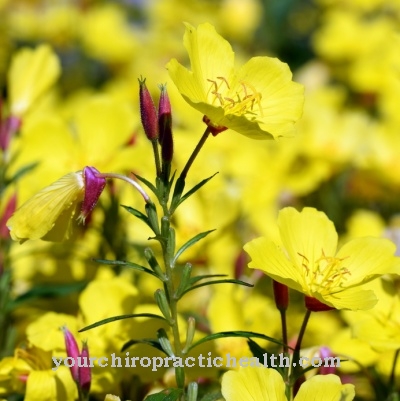

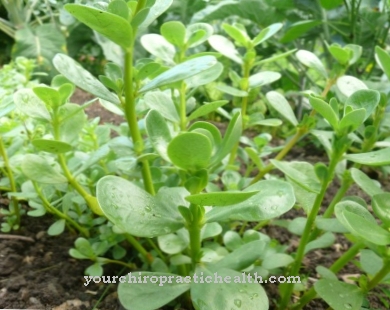
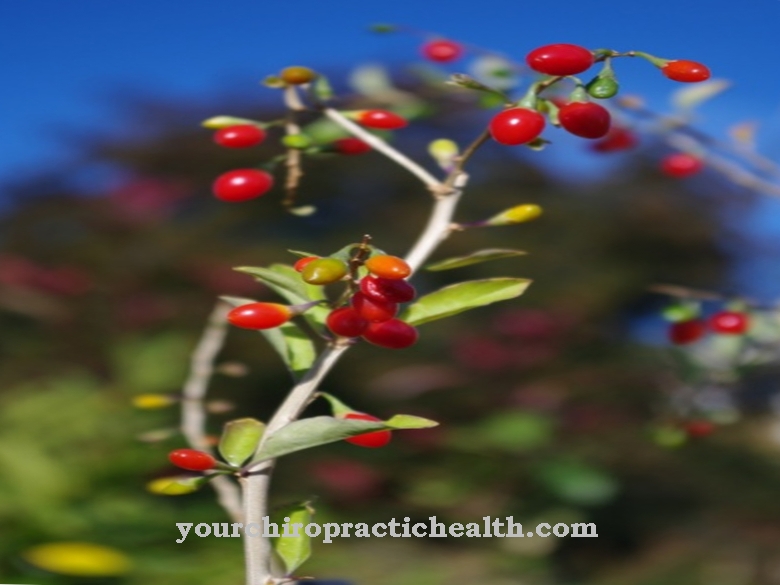
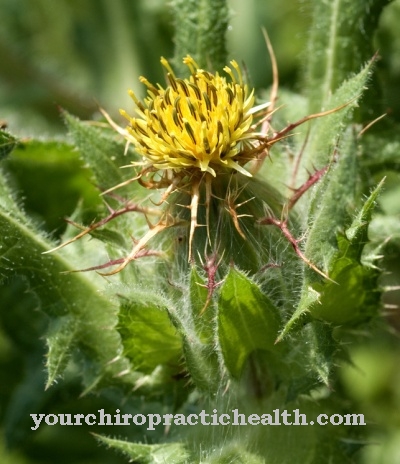
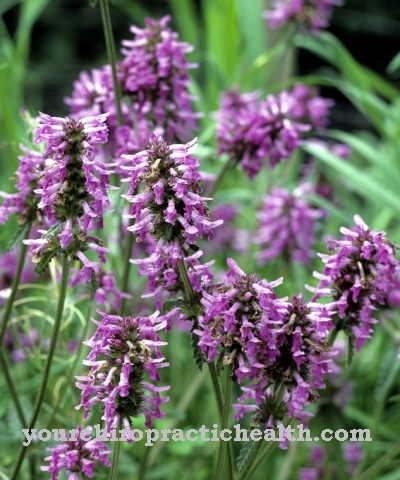


















.jpg)


